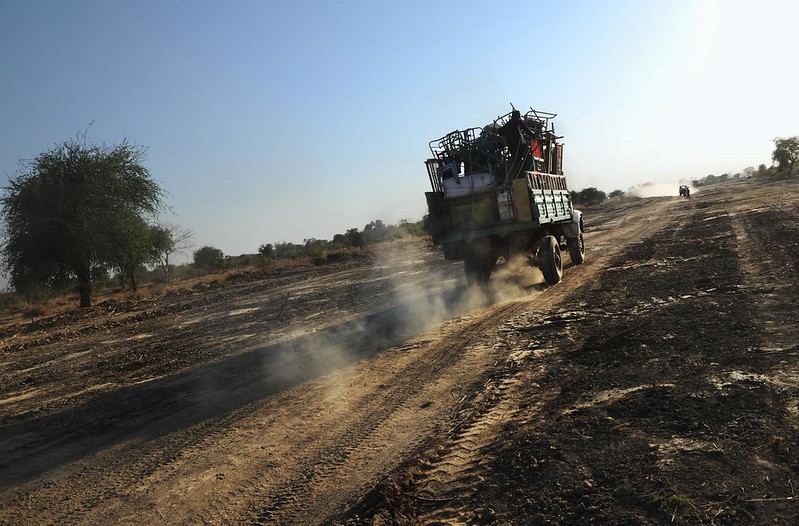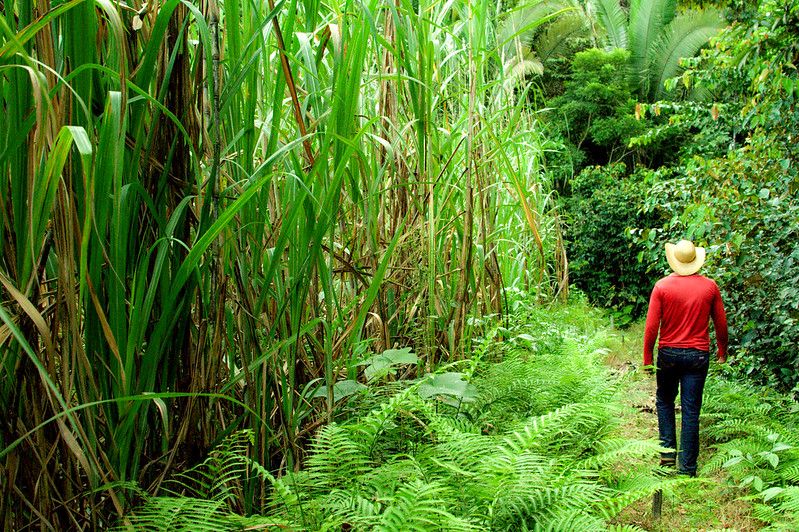Cash-based approaches to social protection programs are getting a lot of attention during the COVID crisis. By one count, cash transfers are the most common type of government assistance response to the pandemic. How do the effectiveness and cost-efficiency of these cash transfers compare to other modes of humanitarian assistance in emergencies, like direct food transfers or vouchers? Cash is just as effective at improving food security, and it costs less money to distribute.
In humanitarian contexts, cash transfers, vouchers, and food distribution were all found to improve household food security by about the same amount. Direct food transfers led to a greater increase in per capita caloric intake, but unconditional cash transfers led to greater improvements in dietary diversity. Otherwise, there was no significant difference between the types of aid.
Cash transfers were more cost-efficient than direct food transfers or vouchers. They had lower costs per beneficiary and lower administrative costs. They also produced greater multiplier effects, stimulating local economies around beneficiaries' homes via indirect market benefits. Vouchers were more cost-efficient than direct food transfers, although less efficient than cash transfers.
This evidence is drawn from a systematic review which brings together data from different studies conducted around the world on cash-based social assistance programs in humanitarian contexts. Systematic reviews provide more solid evidence than individual case studies, where outcomes can be driven by local, context-specific factors. This systematic review includes five studies of the effectiveness of cash-based approaches and ten studies of the cost-efficiency of cash-based approaches.
The studies on effectiveness were conducted among internally displaced people in the Democratic Republic of Congo, refugees and poor households in Ecuador, refugees in Lebanon, drought-affect communities in Niger, and conflict-affected populations in Yemen. Evidence about cost-efficiency comes from those contexts, as well as Jordan, Malawi, and Zimbabwe. Some of the ‘cash transfer’ programs used mobile money transfers, while others used physical cash.
None of the studies reported any differences in food-security outcomes between assistance based on cash, vouchers, or food distribution.
On cost efficiency, however, the approaches differ. Cash transfers had the lowest cost per beneficiary, followed by vouchers, followed by in-kind food distribution. Food distribution had significantly higher administrative costs than the other approaches for the same value of the transfer to beneficiaries.
Cash-based approaches and vouchers also create beneficial multiplier effects in local markets that in-kind food distribution does not. The review estimates that cash transfer programs generate more than US$2 of these indirect market benefits for each US$1 provided to beneficiaries. Voucher programs yielded up to US$1.50 in these indirect benefits.
Cash transfers, vouchers, and food distribution are not the only interventions to help food security in humanitarian crises. Our next Hindsight 2020 post will look at another approach: market support interventions that aim to improve household food security though activities that support existing market systems.
Also, cash transfers are effective outside of humanitarian contexts. For example, we've already blogged about how cash transfers can improve school enrollment and attendance. Nevertheless, it is worth noting that systematic reviews have shown more limited effects on educational achievements and health outcomes, mainly due to limitations of the educational and health systems.
The full review discussed in this post are available here. Beyond this study, hundreds of other systematic reviews and thousands of impact evaluations are available from our Development Evidence Portal.
 This blog is part of our campaign 2020 Hindsight: What works in Development. Learn more about the campaign and read past blogs here.
This blog is part of our campaign 2020 Hindsight: What works in Development. Learn more about the campaign and read past blogs here.









EACH FACILITY IS CONDITIONAL TO MINIMIZING THE RATE OF CORRUPTION IN THE THIRD WORLD THAT IS DONE AND PROTECTED BY THE RULE OF LAW AND THE RICH AND THE RULERS ARE NEVER ACCOUNTED FOR.